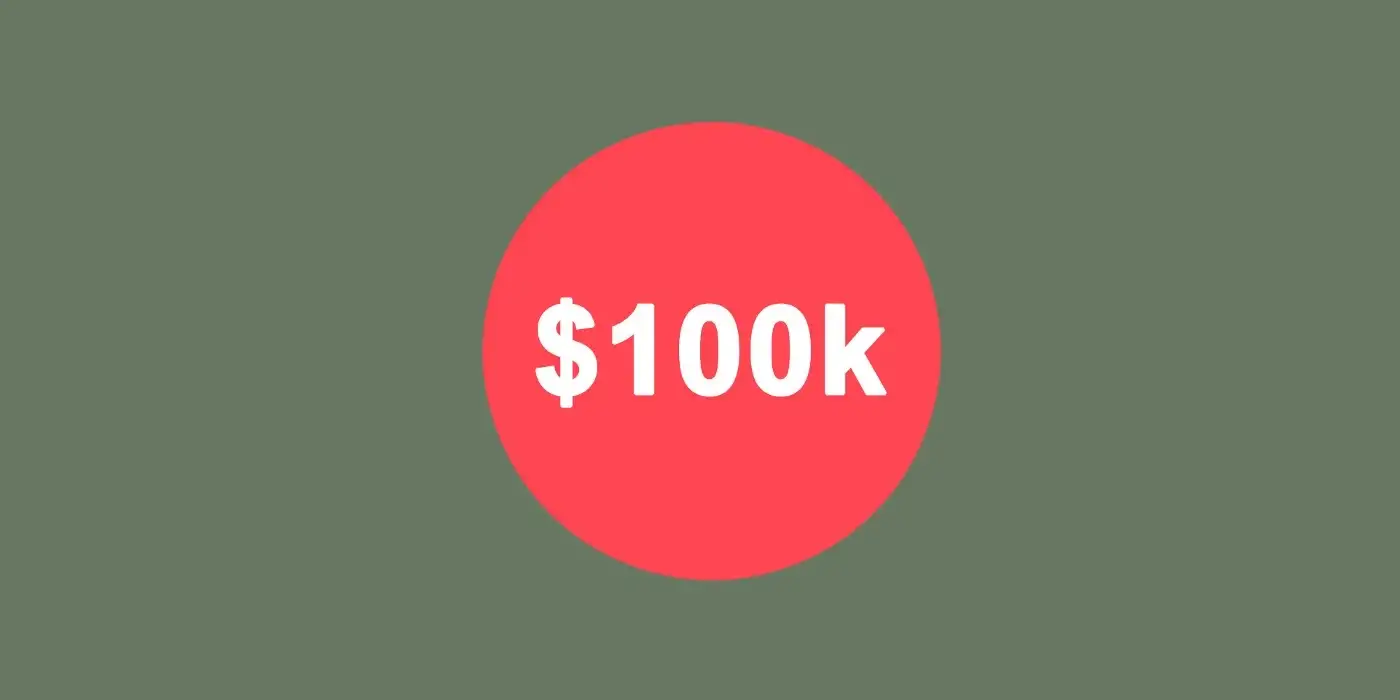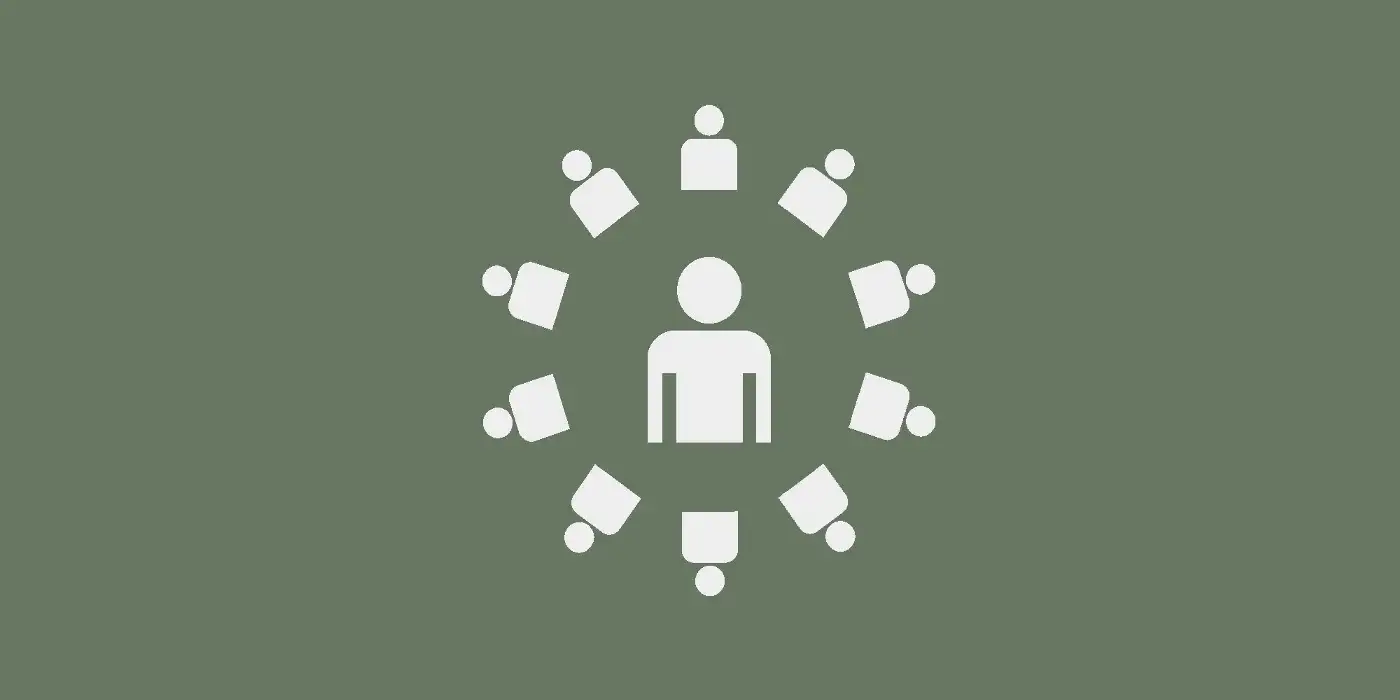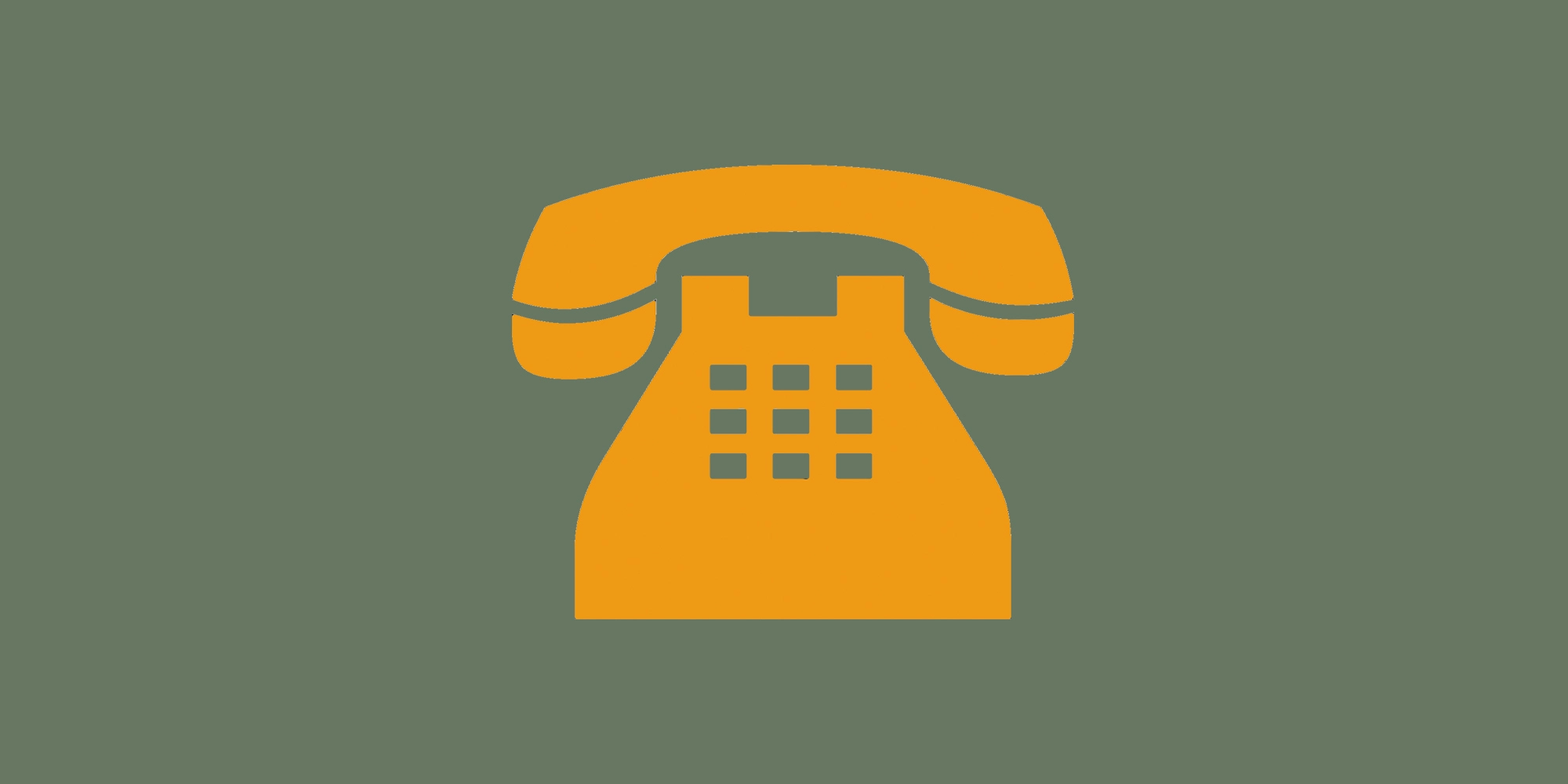
Freelance success rarely comes easy. If it did, a lot more people would be writing blog posts like this one.
I spent a lot of time in the trenches before I started getting quality freelance work.
Starting in 2011, I spent about a year on Freelancer.com doing mainly small Javascript/CSS projects. Then I switched to Upwork in September 2012 because the opportunities were much better there. This is the first project I did on Upwork:

It is the first of several small projects that I did to build up experience and expand my network of clients. Back then, I took on any work I could find. I made changes to a website’s landing page one day, fixed database bugs the next day, and then worked on API integrations for a week.
Build your range
Taking this approach will do several things for you:
- It will give you range. Range means that you are not afraid to take on new challenges. It means that you build a wide knowledge base which makes you more likely to solve unfamiliar problems. Range is also the title of a wonderful book by David Epstein that I highly recommend if you’re interested in the mechanics of skill-building.
- It will expand your network. Doing one six-month project might yield the same amount of money as doing 12 two-week projects, but the network effect of the latter approach is an order of magnitude greater: instead of having one satisfied client, you now have 12.
Twelve satisfied clients are twelve people that are likely to re-hire you, recommend you to a friend, or that you can reach out to when you need advice about their industry or even a partner for your passion project. You don’t have to do this on a freelance platform — if you can find clients through cold outreach (or any other way), then go for it.
You shouldn’t do this forever. Managing a large number of clients is tiring and comes with a lot of overhead. But, by iterating on this concept for some time, you will start to see a growing number of opportunities come your way organically. You can always specialize later — specialize in a niche, specialize in a technology, or even specialize in one major client.
The key point is to make sure your clients are so satisfied with your work that you are the first person on their mind when new projects arise, or when someone asks for their recommendation. Go above and beyond in every single project.
Build a network of peers
Just as important as your network of clients is your network of peers.
Your peers can be your teammates, social media friends from your industry, or even entire companies that provide services that are either similar to or compatible with yours.
I will illustrate with examples from my own career.
Example 1: My good reputation as a freelancer led a web development agency to get in touch with me with an offer. The offer: I forward clients to them, they give me a percentage of lifetime earnings from that client. In order to work, this arrangement requires mutual trust with regard to money and communication. It  How I Used Outsourcing To Increase My Freelance Incomeworked out excellently for everyone.
How I Used Outsourcing To Increase My Freelance Incomeworked out excellently for everyone.
Example 2: When the same agency had an offer from a client later on and couldn’t find the appropriate staff (the client was seeking a senior Laravel developer), guess who they reached out to? Me, of course, and it wasn’t a random choice — they reached out because of the trust built in the outsourcing deal from example 1.
Everything in this world is connected — every time you talk to someone or build something; you might be starting a positive feedback loop that spans your entire career.
The key point is always to be generous with your peers. Always.
Outsourcing work? Pay your subcontractors a fair amount. Working within a team? Help other team members out. Put in extra effort to help people recover from mistakes. Nothing says “I’m a reliable partner,” like being a lifesaver to somebody when they’re in trouble. It’s easy to be friendly and accommodating when everything is milk and honey.
The $100k client
Earnings per client will (like most things) roughly follow a Pareto distribution. In the period from 2011 to 2019, the two biggest clients I had made me around $40,000 each. The next four biggest clients made me around $20,000 each. Most clients made me less than $10,000. Most of these made me less than $1,000.
So, how did the jump to $100,000+ happen? As we will see, it happened through a combination of everything we learned in this article.
My public freelance work history attracted a certain small client back in 2016. This client was in the stock market industry. I aced their one-time project and we parted ways amicably. A year later, when they reached out to me with a question, I provided a free consultation. My experience on his project (and some of my own forays into investing) enabled me to build a side project of my own in the stock market niche in 2018.
This project went nowhere financially, but I added it to my public portfolio and let my developer friends know about it. In early 2020, a client approached one of those friends with an idea for a stock market analysis platform. The developer didn’t have time to do the project, but they were familiar with my 2018 project, and they had done work with me in the past — so they recommended me.
Unsurprisingly, the client contacted me and asked if I had any referrals. I remembered the client from 2016 and contacted them — they were happy to provide a referral. This combination of experience and referrals from both previous clients and colleagues resulted in me blowing all the other candidates out of the water (client’s words, not mine) and landing the sort of client freelancers dream about.
Conclusion
The story I told might seem like a series of lucky circumstances, but it is anything but. Everything that happened in this sequence of events happened because I followed one of the principles I’ve laid out in this article. You can’t control fate, but you can sway the odds in your favor a little bit with every action you take.
There’s no such thing as an overnight success unless you’re relying on the lottery to make your fortune. In the real world, we build our fortune slowly, step by step, interaction by interaction, and project by project.
Being fair with everyone and doing the best you can on every single project is the only reliable way to succeed as a freelancer.
Don't miss the next blog post!
I publish a new blog post every Wednesday. Join the newsletter to get:
- One valuable email a week.
- Zero spam.
- Exclusive content not found in the blog.
- Reply directly to me with questions or feedback.
Use the form at the bottom of this pageon the right to join the newsletter.


